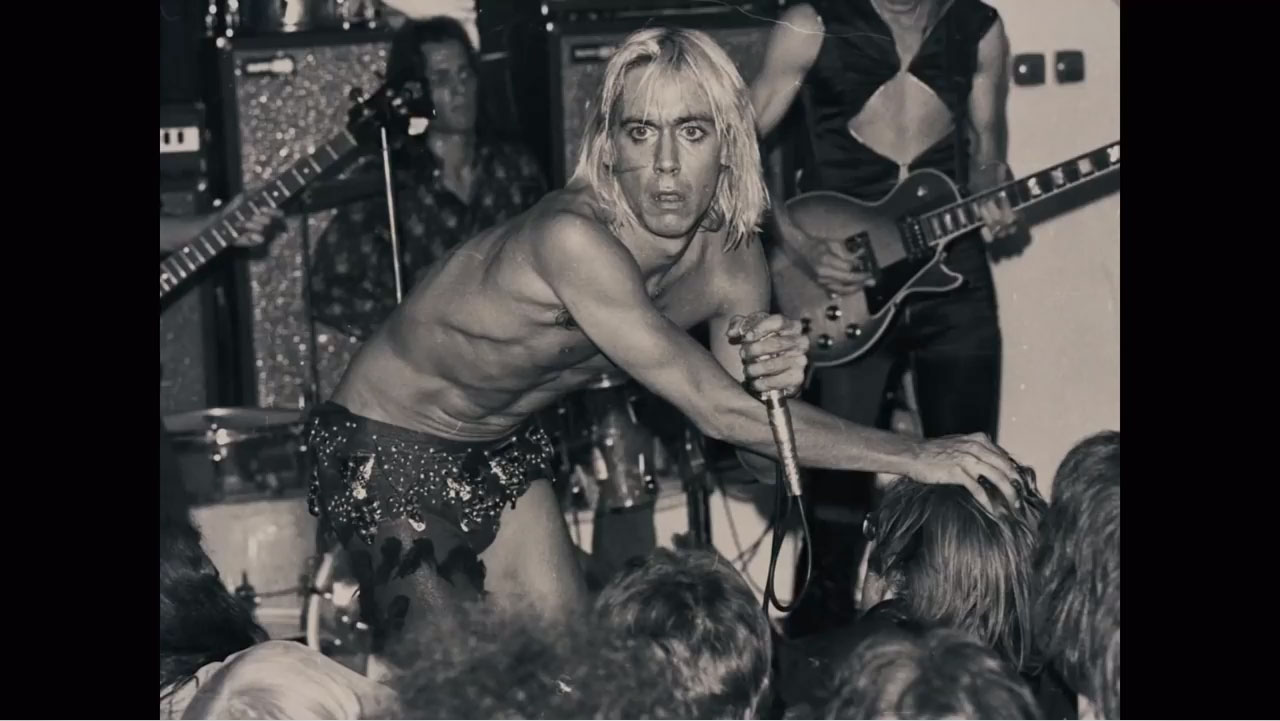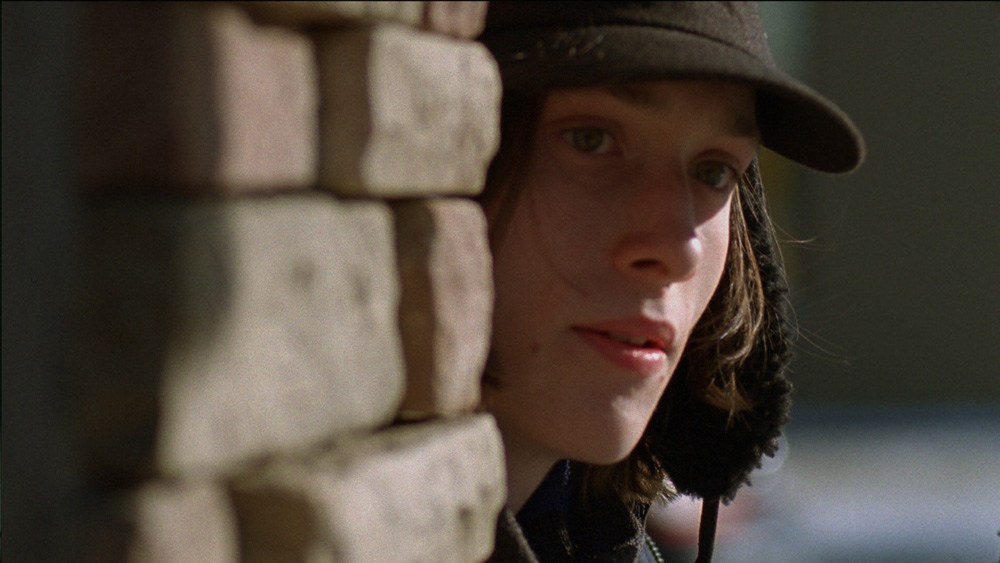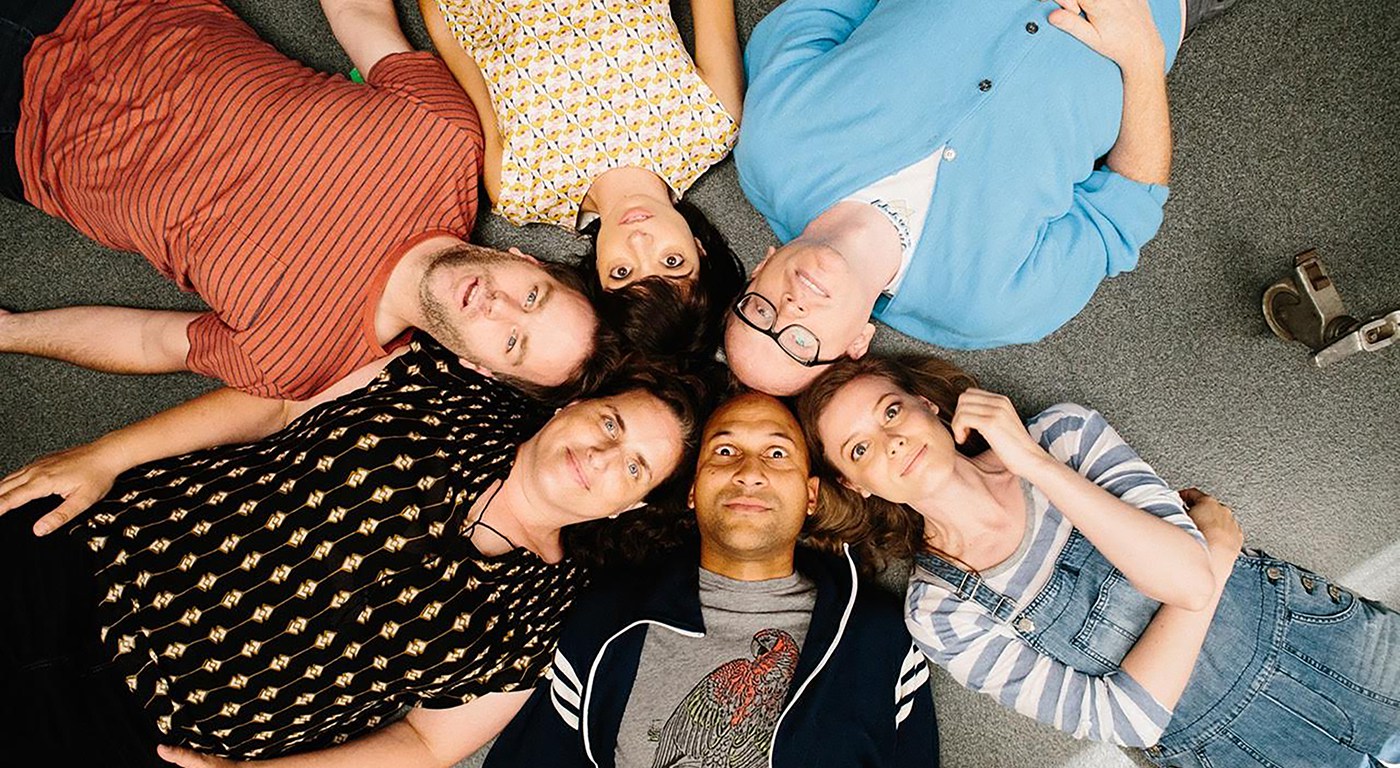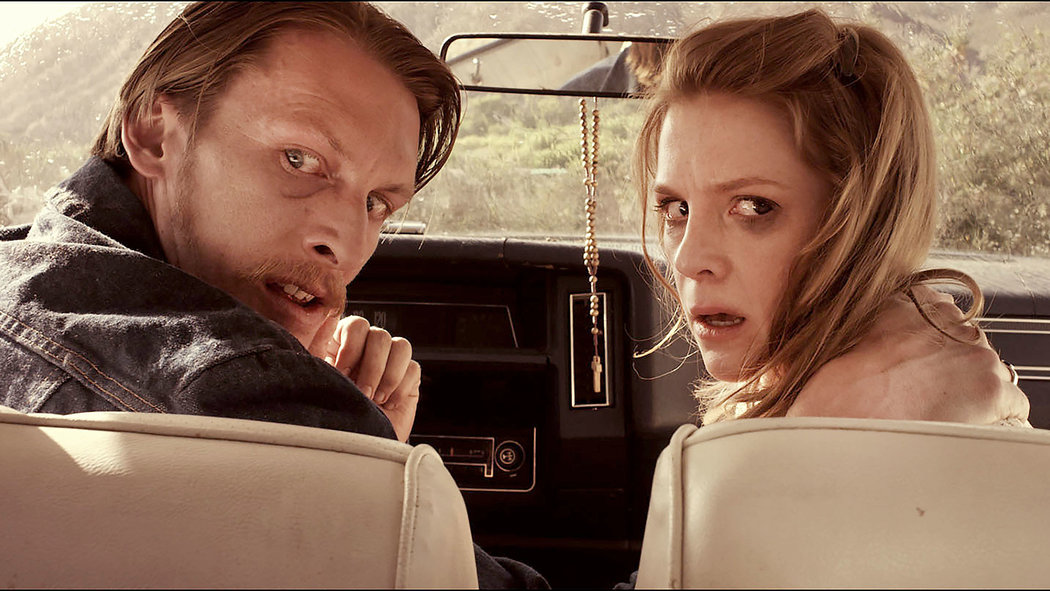Gimme Danger
by Hope Madden
Quick, who said this: “I went to Detroit with a tab of mescaline and a shovel.”
Who but Iggy Pop?
Effortlessly odd and forever fascinating, Pop and his band, the seminal punks The Stooges, are the subject of Jim Jarmusch’s new documentary, Gimme Danger.
Rock docs forever champion their subjects, frequently making a case for someone’s misunderstood and underappreciated genius. The fact that this kind of treatment could possibly be needed for arguably the first ever punk band, a group who influenced The Ramones, The Sex Pistols, David Bowie and dozens of others – well, it’s just disheartening, isn’t it?
While the story – from Ann Arbor trailer park to punk stardom to Ann Arbor trailer park – fits with the traditional “Behind the Music” approach, it’s never wise to expect the expected with Jarmusch.
Sure, the filmmaker pieces together vintage Stooges performances with interviews, but Gimme Danger is awash in the kind of wry cinematic mastery that has become Jarmusch’s trademark. Interviews with Pop take place in his home, the singer sometimes perched on a golden throne bedecked by skulls, sometimes barefoot in the laundry room in front of a washer/dryer set.
Likewise, on-again, off-again Stooge guitarist James Williamson sits through his interviews, guitar in hand, in a public men’s room.
Why? Why not?
Jarmusch has always brought an unusual perspective to his films, and The Stooges are an unusual subject. The pairing works, and for all Jarmusch’s droll use of animation, Three Stooges bits and vintage advertising as backdrop to Stooge insanity, his own affection and respect for the band is always evident.
Indeed, very early in the film, he proclaims The Stooges, “The greatest rock and roll band of all time.”
Jim Jarmusch is a native Ohioan who loves The Stooges.
Oh my God – we have so much in common!
His relationship with Pop goes back decades, since the singer co-starred in Jarmusch’s Dead Man and an early Coffee and Cigarettes short. In both, Pop (billed here as Jim Osterberg as Iggy Pop) haunts and bewilders with his sinewy frame and enormous eyes.
Oddly enough, Gimme Danger neglects some of the more jarring and lurid details of the Pop life. Jarmusch remains reverent throughout the film, focusing exclusively on The Stooges’ musical history. Almost quizzically missing is detail of Pop and crew’s self-destructive behavior, Pop’s infamous stage antics, or any mention of his solo musical or dramatic career.
Nope, Jarmusch wants you to realize that the world’s first punk band – as infamous record scout Danny Fields notes – reinvented music as we know it.
Truth.

https://www.youtube.com/watch?v=WJhABiPQ4AU









